Ballet & Dance Injuries: how osteopathy can help
Musculoskeletal pain is a constant accompaniment to dancing! At times it feels like if it doesn’t hurt - you are not doing it right.
Dancing requires strength, flexibility and a finite sense of balance. Dancing with a partner requires an immense amount of sensitivity to each other as well as the ability to create a powerful performance.
Osteopathy helps dancers achieve and maintain the levels of mobility, strength and flexibility required to perform staying injury-free. This is achieved through treatments and specifically prescribed home-based dance exercise programmes.
However, as with all physically demanding pursuits, injuries do occur.
Moreover, many dancers attempt to continue to practice and perform and this can negatively impact on their physical, mental and emotional wellbeing.
The personal development of each dancer consisted of an amalgam of internal and external pressures. These pressures combine with experiences of pain and injury do influence a dancer's decision-making behaviour when injured and deciding to seek treatment
Common dance related injuries we see at Midtown Wellness clinic:
Muscle strains and tears of the hamstrings, calf, inner thigh/adductors, hip flexors
Joint sprains of the foot & ankle, knee, hip, lower back and sacroiliac joints
Ligament strains and tears of the ankles, feet, knees and hips
Bursitis of the hip and knee
Tendon problems of the Achilles, hamstrings and knee
Lower back and pelvic pain
Foot pain and dysfunction from dancing en pointe
Some signs you might notice that indicate treatment could be of benefit:
Reduced leg kick height
Difficulty in splits
Favourite or preferred sides
Discomfort in turn out
Dancers respond very well to osteopathic care and particularly appreciate the hands-on approach that is fundamental to osteopathy.
We know the demands on their bodies and the need to get them back to full performance. By Providing guidance on maintenance of healthy movement and injury prevention we ensure dancers leave their treatment session with long-lasting results


